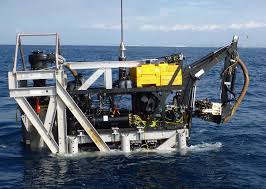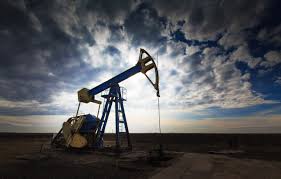
When using a traditional ROV, copper tethers allow operators to transfer power to the subsea robot from the surface while receiving data and video transfers of its underwater explorations. However, this technique introduces difficulties at greater depths. Through innovations in energy storage and battery technology, WHOI can now develop subsea robots that carry their own power supplies, limiting operators’ dependence on traditional tethering technology and making deepwater operations more cost-effective.
While WHOI initially designed the new technology for military and research applications, the innovations could also benefit the energy sector. In a recent interview with Rigzone, WHOI principal engineer Andy Bowen expressed the firm’s desire to introduce its technology into the oil and gas industry. By partnering with companies in this sector, the company hopes to enable new methods of robotic intervention to support subsea oil and gas infrastructures. Hybrid subsea robots could be used for maintenance purposes and could also help oil and gas companies to reach previously inaccessible resources trapped beneath ice in the Arctic. Additionally, WHOI’s onboard power supplies will allow subsea robots to remain in complex offshore structures, making them available to oil and gas operators for immediate use.

 RSS Feed
RSS Feed
